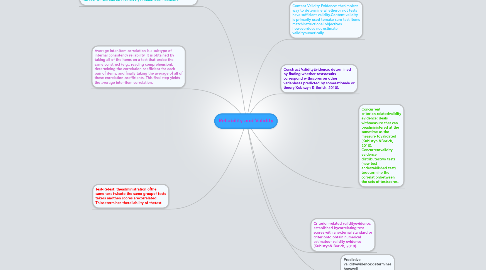Reliability and Validity
by alisia wynn

1. Internal Consistency: has twocomponents: splithalves-determines thecorrelation between two halvesof the test which may result inodd-even reliability. Odd-evenreliability is when test itemslevels (easy/difficult) are notequally spread around the test,so test will be divided by oddand even numbers.
2. Average inter-item correlation is a subtype of internal consistency reliability. It is obtained by taking all of the items on a test that probe the same construct (e.g., reading comprehension), determining the correlation coefficient for each pair of items, and finally taking the average of all of these correlation coefficients. This final step yields the average inter-item correlation.
3. Test-Retest: theadministration ofthe same test twiceto the same groupof tests takers andthen scores arecorrelated. Thisdetermines thereliability of thetest.
4. Concurrent criterion-relatedvalidity evidence: deals withmeasure that can beadministered at the sametime as the measure tovalidated (Kubiszyn &Borich, 2010). Concurrentvalidity evidence distributestwo tests (new test andestablished test) todetermine the correlationbetween the sets of testscores.
5. Content Validity Evidence: thesimplest way to determine whetheror not tests have sufficient validity.Content validity is primarily used tomake sure test items matchinstructional objectives howeverdoes not estimate validitynumerically.
6. Construct ValidityEvidence: determined by finding whether testsresults correspond withscores on other variablesas predicted by somerationale or theory(Kubiszyn & Borich, 2010).
7. Criterion-related validityevidence: established bycorrelating test scores with anexternal standard or criterionto obtain numerical estimateof validity evidence (Kubiszyn& Borich, 2010).
8. Predictive validityevidence:determines howwell a test predictsfuture behaviorsof exam takers.


